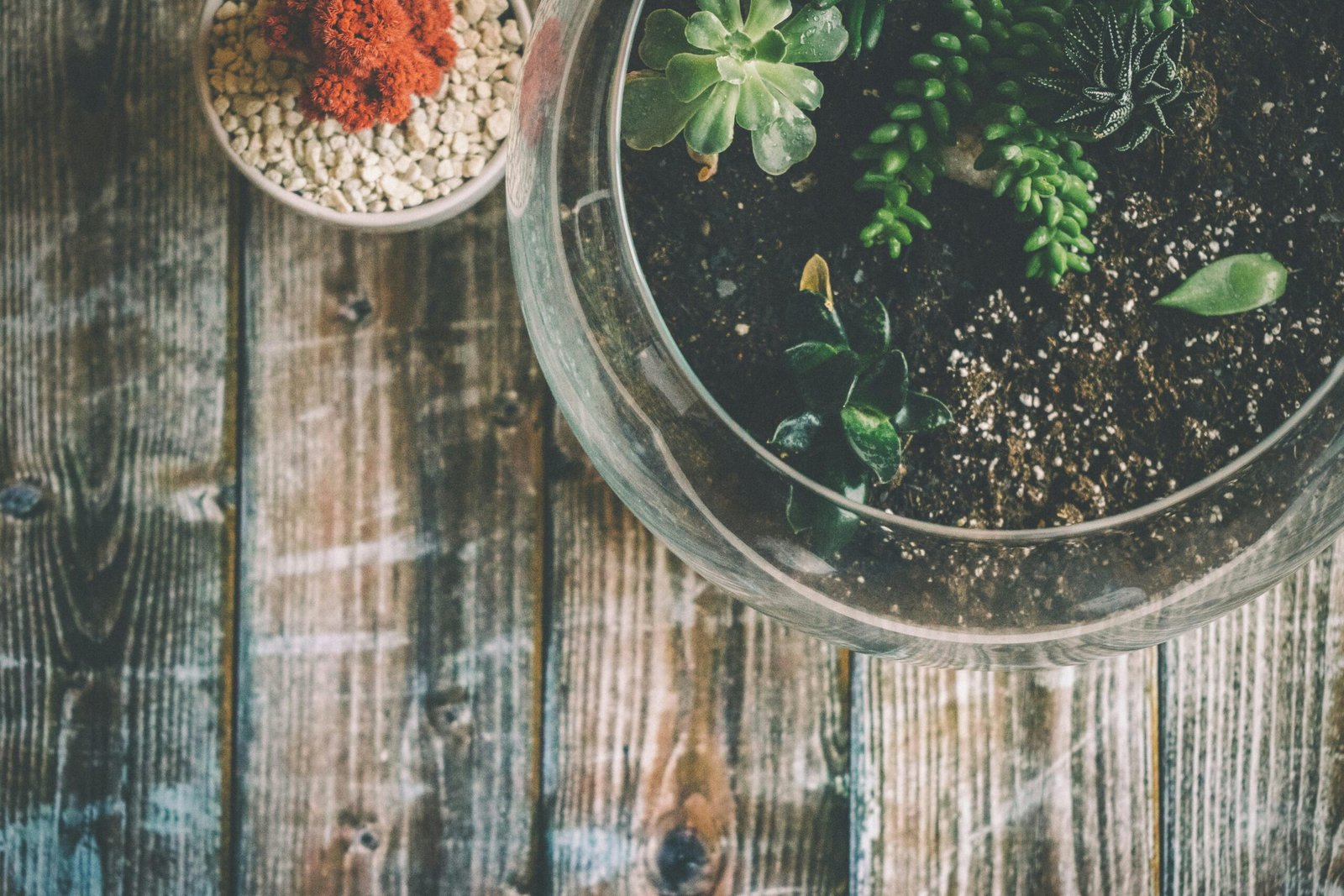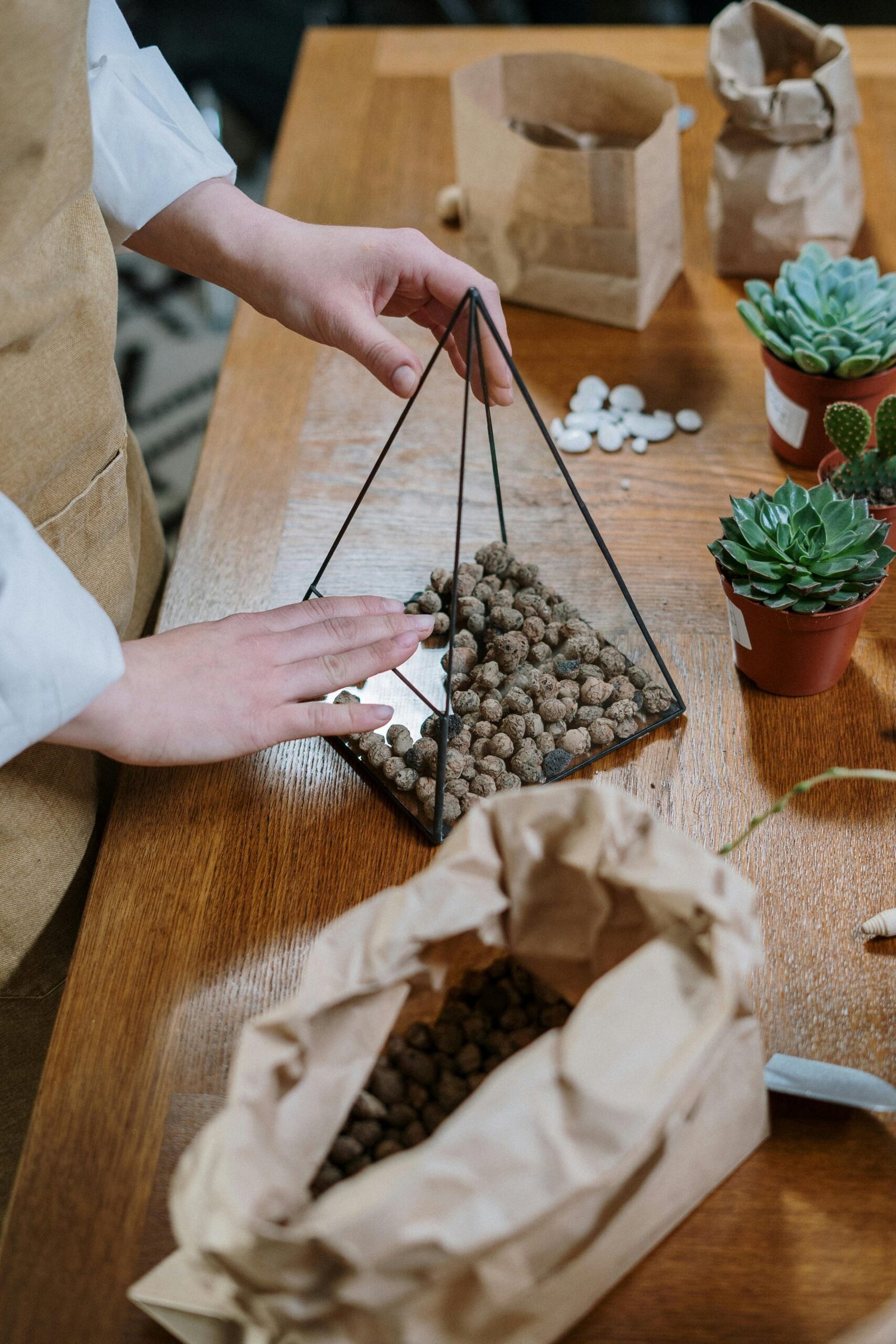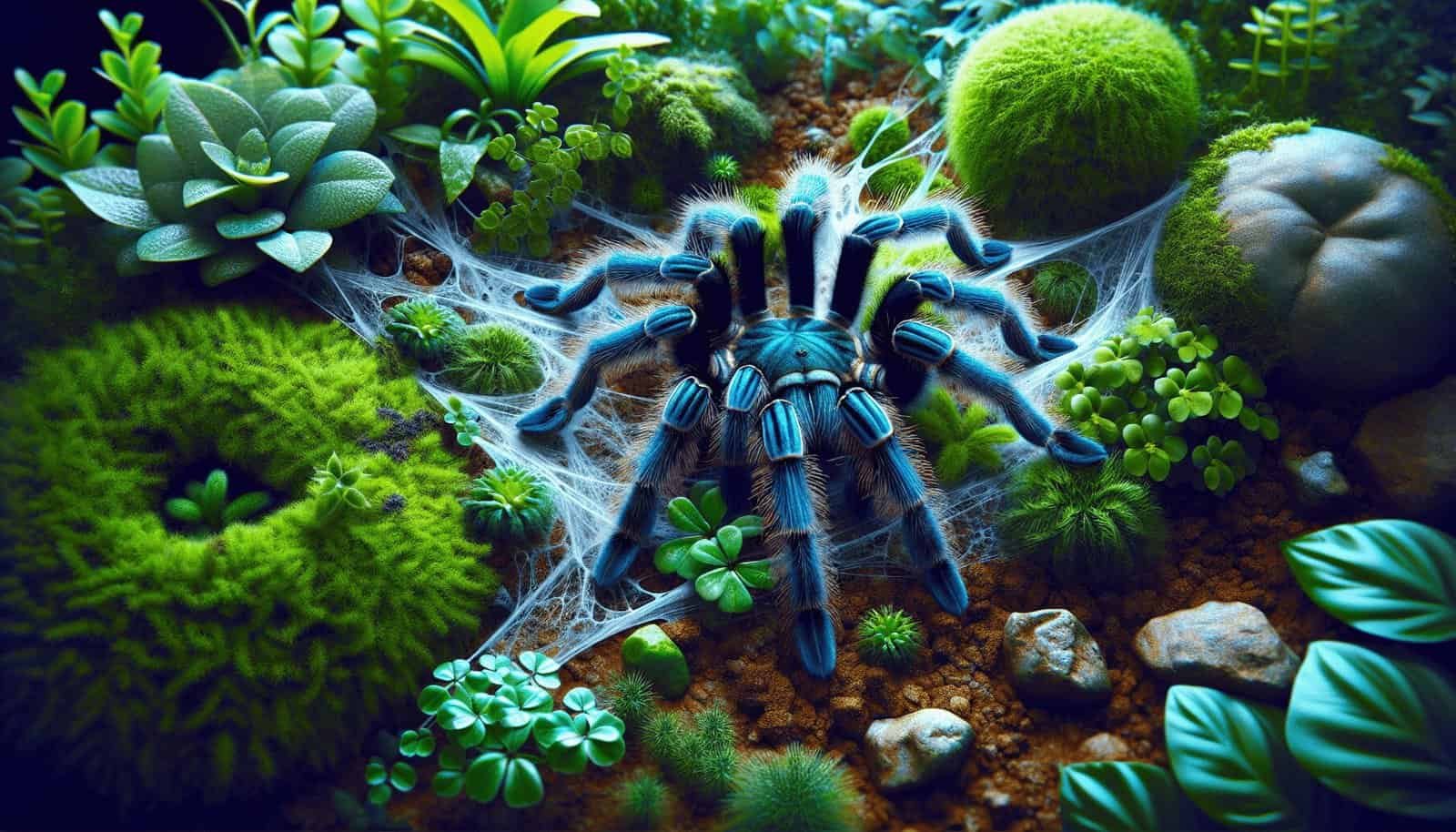Have you ever wondered how to provide the perfect living environment for your charismatic metallic blue tarantula? If you’ve recently added one of these vibrant and fascinating creatures to your collection or are considering doing so, it’s essential to ensure you create a bioactive setup that caters to their specific needs.

Understanding the Metallic Blue Tarantula
The metallic blue tarantula, often known by its scientific name Chromatopelma cyaneopubescens, is an eye-catching species native to Venezuela. These tarantulas are famed for their striking blue coloration and vibrant orange abdomen. They are fairly easy to care for, making them popular among both novice and experienced tarantula keepers. To keep this creature healthy and thriving, replicating its natural habitat through a bioactive setup is crucial.
Why Choose a Bioactive Setup?
A bioactive setup aims to mimic the natural ecosystem of the tarantula, providing it with an environment that is cleaner, self-sustaining, and beneficial for its physical and mental well-being. This approach has several advantages:
- Naturalistic Environment: Enriches the tarantula’s life by providing a setting similar to its wild habitat.
- Self-Cleaning: Involves a clean-up crew (microorganisms and invertebrates) that breaks down waste, thus reducing the need for frequent enclosure maintenance.
- Stable Conditions: Helps maintain stable temperature and humidity levels.
Components of a Bioactive Setup
Creating a bioactive setup can be somewhat complex but is incredibly rewarding. Here’s a detailed breakdown of the essential components:
Enclosure
The size and type of enclosure play a significant role in creating a suitable habitat.
- Size: For an adult metallic blue tarantula, an enclosure at least 20 gallons (or larger) is recommended.
- Type: Glass terrariums with front-opening doors and proper ventilation are ideal.
Substrate
Your tarantula’s substrate is crucial for its comfort and the bioactive system’s effectiveness.
- Composition: A mix of coco fiber, topsoil, and sand works well. It should be deep enough (around 4-6 inches) to allow for burrowing behavior.
- Drainage Layer: Add a layer of pebbles or clay balls at the bottom for drainage, topped by a separation mesh to prevent substrate mixing.
Plants
Live plants are a staple of bioactive setups and serve multiple purposes.
- Types: Opt for hardy, low-light plants like Pothos, Snake Plant, and Bromeliads. Make sure they are safe for invertebrates.
- Placement: Plant them securely in the substrate and arrange them to provide hiding spots and climbing surfaces.
Clean-Up Crew
The clean-up crew breaks down waste and maintains a healthy environment.
| Clean-Up Crew Members | Function |
|---|---|
| Springtails | Break down mold, waste, and organic matter |
| Isopods | Decompose leaf litter, food remnants, and waste |
| Earthworms | Aerate the soil and decompose organic material |
Decor
Natural decorations create hiding and climbing opportunities.
- Hides: Cork bark, half-logs, or coconut shells make excellent hides.
- Branches and Rocks: Provide climbing structures and stimulate natural behaviors.
- Leaf Litter: Scatter some dried leaves over the substrate to enhance the natural look and provide additional hiding spots for the clean-up crew.
Water Source
Maintaining proper humidity and providing a drinkable water source is essential.
- Water Dish: Opt for a shallow water dish that is easy to clean and refill. Make sure it’s always filled with fresh water.
- Humidity: Maintain a relative humidity of around 50-60%. Mist the enclosure lightly but avoid making the substrate soggy.

Setting Up Your Bioactive Enclosure
With all the components ready, it’s time to assemble your bioactive setup.
Step-by-Step Guide
- Prepare the Enclosure: Clean the terrarium thoroughly. Set up a drainage layer with pebbles or clay balls, followed by a separation mesh.
- Add Substrate: Fill the terrarium with your chosen substrate mix, ensuring it’s deep enough for burrowing.
- Plant Setup: Plant your chosen live plants securely within the substrate.
- Add Clean-Up Crew: Introduce springtails, isopods, and earthworms into the enclosure.
- Decorate: Arrange hides, branches, rocks, and leaf litter.
- Water Source: Place the water dish in the enclosure and maintain humidity levels.
Initial Monitoring
After setting up, keep a close eye on the conditions within the enclosure.
- Temperature and Humidity: Use a thermometer and hygrometer to monitor the climate.
- Clean-Up Crew Activity: Ensure that the clean-up crew is active and effectively breaking down waste.
Maintenance and Care
Even though a bioactive setup is more self-sustaining, regular maintenance is still required.
Routine Tasks
- Feeding: Regularly feed your tarantula a diet of gut-loaded insects such as crickets and roaches.
- Watering Plants: Ensure that plants are adequately watered without flooding the enclosure.
- Waste Removal: While the clean-up crew handles most waste, occasionally spot clean any uneaten food or large waste.
Troubleshooting Common Issues
- Mold Growth: Excessive mold can be controlled by adjusting moisture levels and adding additional springtails.
- Plant Health: If plants show signs of distress, reassess their lighting, and water needs.
- Enclosure Pests: Keep an eye out for pests that might harm your tarantula or plants and take appropriate action.

Enhancing Your Tarantula’s Habitat
To ensure your metallic blue tarantula remains healthy and happy, consider adding enrichment items or making seasonal changes to the enclosure.
Seasonal Variations
Replicating seasonal changes can help mimic natural conditions more closely.
- Rainy Season: Increase misting frequency and slightly elevate the humidity.
- Dry Season: Reduce misting and slightly lower humidity levels to mimic arid conditions.
Enrichment Activities
Provide environmental enrichment to stimulate your tarantula both mentally and physically.
- New Hides: Introduce new hides or rearrange existing ones.
- Climbing Structures: Add new branches or climbing items periodically.
Health Monitoring
Keeping a close watch on the health indicators of your tarantula ensures timely intervention if issues arise.
Signs of Good Health
- Active Behavior: Regular webbing, hunting, and exploration.
- Healthy Molting: Regular molts without complications.
- Good Appetite: Consistently eating offered food.
Health Concerns
- Lethargy: Could indicate stress or health issues.
- Refusal to Eat: May signal pre-molt or health concerns like parasites.
- Injury: Monitor for physical injuries from falls or cage mates.
Consult a veterinarian specializing in invertebrates if you notice any concerning signs.

Advantages and Challenges of a Bioactive Setup
Pros
- Cleaner Environment: A self-sustaining system breaks down waste.
- Naturalistic Habitat: Provides enriched living conditions that mimic the wild.
- Reduced Maintenance: Requires less frequent deep cleaning.
Cons
- Initial Setup Cost: Can be higher due to the need for specific components and organisms.
- Complexity: Requires careful planning and ongoing monitoring.
- Potential for Overgrowth: Plants and mold might overgrow if not well-managed.
Conclusion
Creating a bioactive setup for your metallic blue tarantula is a rewarding journey that ensures your pet enjoys a naturalistic, healthy, and enriched environment. By understanding the specific needs of Chromatopelma cyaneopubescens and carefully assembling the enclosure with appropriate components like substrate, plants, and a clean-up crew, you can replicate its natural habitat effectively. Regular maintenance, health monitoring, and incorporating enrichment activities will help your tarantula thrive in its bioactive home. Embrace the process, and enjoy observing your tarantula in a setting that mirrors the beauty and complexity of its natural world.
